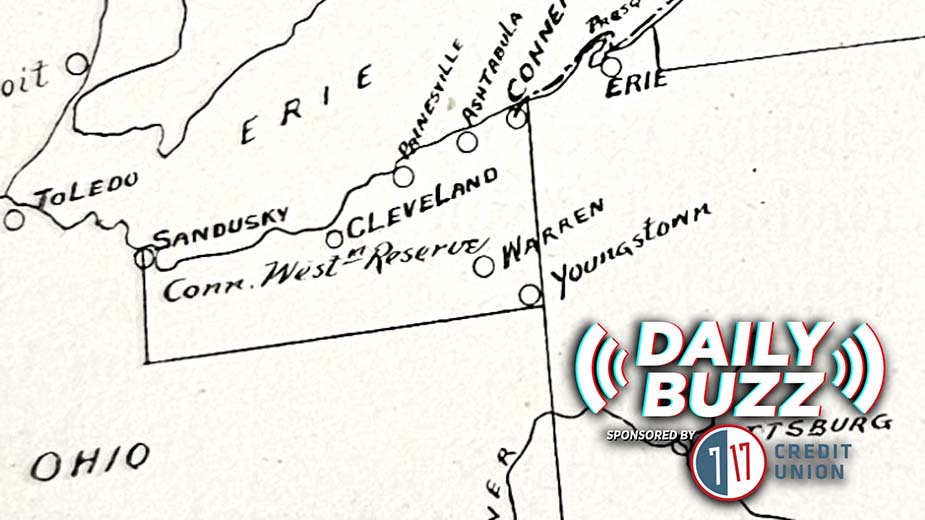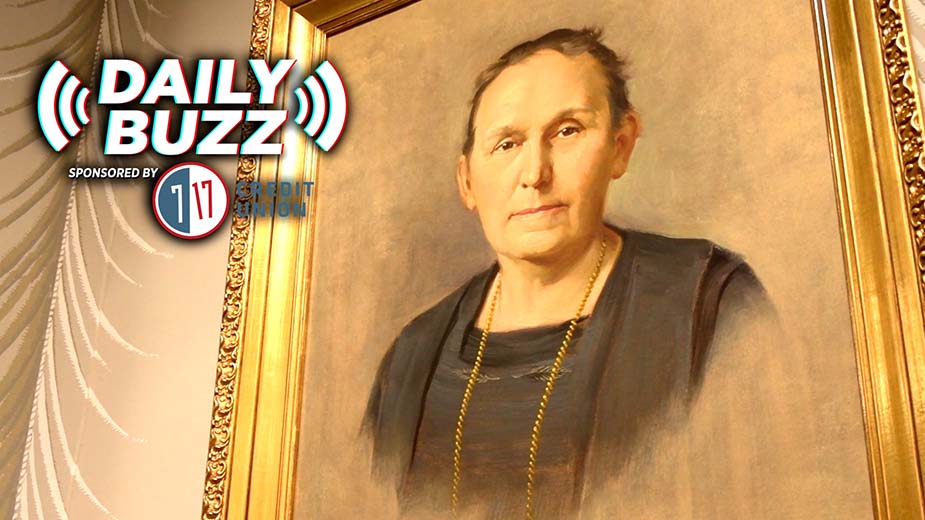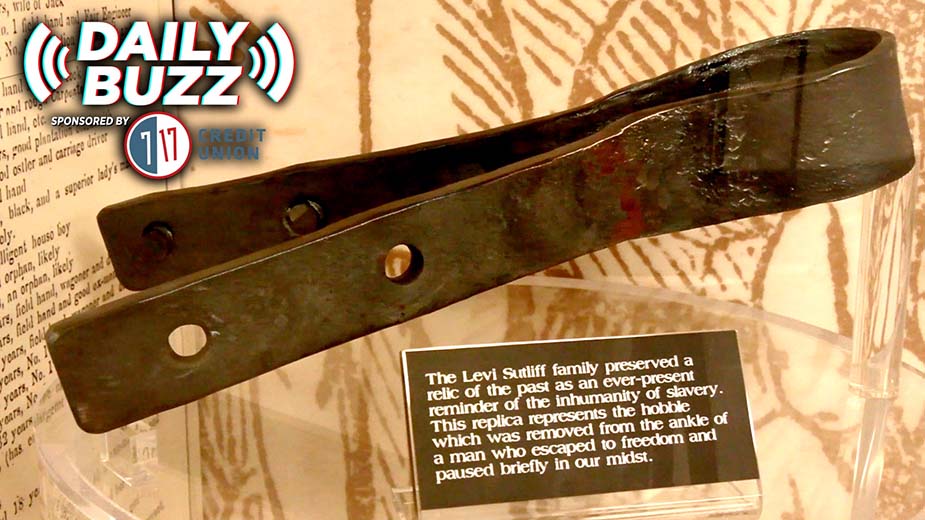Owsleys Designed Skyline of Region
By Josh Medore
YOUNGSTOWN, Ohio — The Home Savings Bank headquarters, 1919. The Wick-Pollock House, 1893. Buhl Mansion, 1891. Mahoning County Courthouse, 1907. The Isaly Building in the 1930s.
Despite their differences in age and design, some of the iconic buildings in the region share one thing in common: the name Owsley. From the mid-1870s through the 1950s, Charles Henry Owsley and Charles Frederick Owsley, a father-son duo of architects, designed buildings throughout the eastern edge of Ohio – from Ashtabula south to East Liverpool – and western Pennsylvania.
Charles H. Owsley, the elder of the two, was born in 1846 in Blaston, England, spent four years at Allesly Park College before taking an apprenticeship in Wales with architects Sir Gilbert Scott and Sir Matthew Digby Wyatt, who worked primarily on church buildings. Upon completing his apprenticeship in 1868, he emigrated to Canada and, later that year, the United States, where he bought a farm in Weathersfield Township.
“He originally was going to be a farmer. Land was important to people from many countries, including his,” says Ginny Grilli of the Salem Historical Society. “He was doing some architecture commissions for people known by his brother, a pharmacist in Sharon [Pa.], and eventually he opened his own office.”

While he officially founded his architectural firm, Owsley & Boucherle, in 1878, Owsley had some commissions before that, including the original Strouss-Hirschberg store in 1875 and the second Mahoning County courthouse, built at the corner of Wick Avenue and Wood Street in downtown Youngstown.
“Probably his first big project was the second Mahoning County courthouse. There was a big political fight between Canfield and Youngstown over who would be the county seat,” says Bill Lawson, executive director of the Mahoning Valley Historical Society. “[During the court battle], the backers for Youngstown commissioned Owsley to build the courthouse. So it was ready to go in 1876 when they moved the offices and records from Canfield.”

Frank Buhl commissioned Charles H. Owsley for his mansion in Sharon, Pa., built in 1891.
After the architectural firm was established, Owsley and his partner, Louis Boucherle – who served primarily as an engineer on projects – capitalized on the boom in the region over the latter part of the 19th century. On their list of works: the former YMCA on East Federal Street, the Wick-Pollock House, the Central School in East Liverpool, the Buhl Mansion and the Buhl Club in Sharon and the John R. Davis Building in downtown Youngstown, which today is a State Farm insurance office, apartments and the office of Ron Faniro Architects.
“This building represents one of the best that’s left of the Owsleys’ buildings. Not because I own it, but because of the age, because it survived and because it’s gotten a second life,” Faniro says. The building is one of the first examples of unglazed terra cotta in use in the area, he adds.
While his father was designing buildings that would help lay the foundation for Youngstown as the central city in the Mahoning Valley, Charles F. Owsley was receiving his education. An 1899 graduate of The Rayen School, the younger Owsley studied architecture at the University of Pennsylvania – the second school in America to offer such a degree – and traveled to Paris, where he studied at an atelier of the Ecole des Beaux-Arts, where the design style was pioneered in the 1800s.
“Charles Frederick, the son, was a very talented artist and illustrator. He had a real knack for architecture as well. It was a toss-up as to which career he was going to pursue,” Grilli says.
Upon returning to the United States, he joined Owsley & Boucherle in 1905, playing a part, either on his own or alongside his father, in the design of many of the iconic buildings in the area. Among his first projects was the third and current Mahoning County Courthouse in 1907, which was built to replace his father’s creation, which after over 30 years was too small for the needs of the county.
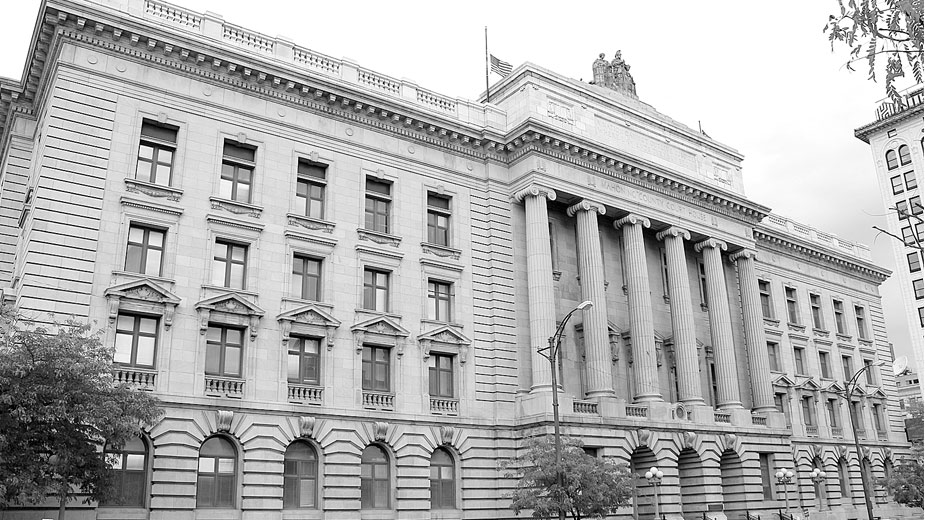
The Mahoning County Courthouse in 1907 was one of Charles F. Owsley’s first major projects.
While the two worked together for just six years before Charles Henry Owsley retired in 1911, the period yielded several major projects, among them the former South High School in Youngstown, the Reuben McMillan Public Library and, in Sharon, the Morris Bachman home, today in use as Clepper Manor assisted-living center.
After his father retired to a quiet life, Charles F. Owsley continued his work under the banner of The Owsley Co., designing projects such as houses for some of the powerful families in the Mahoning Valley – the Diebels, the Orrs, the Fitches – the Mercer County Courthouse and the second clubhouse of the Youngstown Country Club, which burned to the ground in 1928.
It was this era that the younger Owsley also established himself as part of high society in Youngstown. He had married into the McKelvey family, eventually designing the original McKelvey’s department store downtown in 1907, and ran in the same circles as the industry magnates in the city. He was a member of The Youngstown Club, an organizer of the Youngstown Metropolitan Housing Authority, and member of the Youngstown Country Club where his wife, Katherine, organized the Saturday teas. In 1915, Owsley founded the Youngstown Rotary.
“I’m going to guess that what happened was Charles got into a vehicle, went up to Cleveland, met [Rotary Foundation founder] Arch Klumph, attended a meeting and founded the club here,” Faniro says, noting Youngtown’s club is No. 137 of some 36,000 worldwide.
Beyond civic groups, the younger Owsley also came up with plans to build a train terminal on the eastern end of downtown Youngstown. While it never came to fruition, “It was a massive thing and a piece of city planning. It was a transportation center for this booming Youngstown city,” Faniro says.
“Getting involved in the community was something that was obviously very important to him and his father,” he says. “They ran with the right people and ran the right jobs.”
Adds Grilli: “He was friends with the Wicks, the Butlers. He designed the hunting lodge at Wick Park and started the development of that area. … As business was done frequently those days, and even today, they hired their friends to do work that needs to be done. He was the best available.”
Charles H. Owsley, meanwhile, was a “valued member of the Youngstown Chamber of Commerce” according to “20th Century History of Youngstown and Mahoning County, Ohio, and Representative Citizens,” written in 1907, as well as part of a committee on postal affairs and a member of both the Masons and Elks.
“He would have rubbed shoulders with local political leaders, industrialists and people who impacted the community who would be paying for these projects,” Lawson says. “A case in point is the Mahoning County Courthouse, which would have had a public committee that steered the project and helped the county commissioners choose Owsley.”
Beyond his associates in Youngstown, the elder Owsley also had wealthy acquaintances in Warren, designing homes along Millionaires Row.
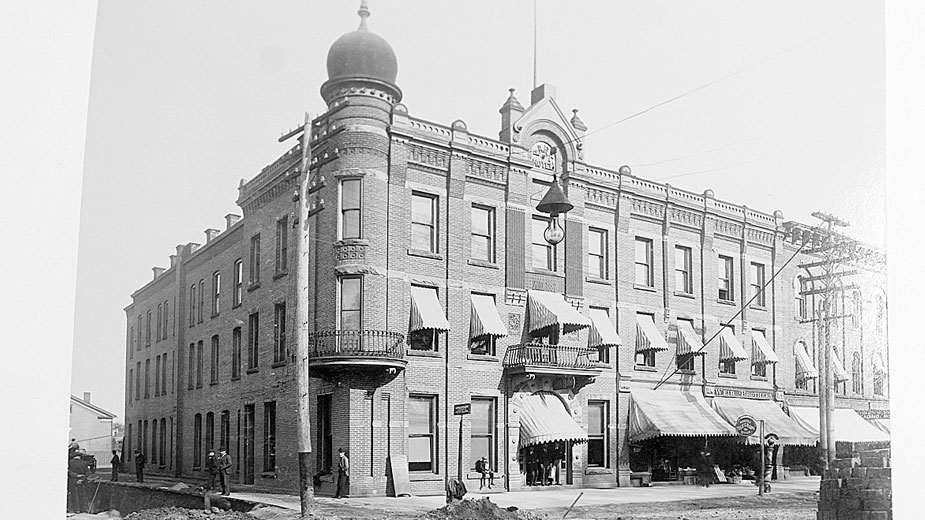
In addition to homes on Millionaires Row, Charles H. Owsley designed Warren’s Park Hotel.
Under the banner of The Owsley Co., Charles F. Owsley made a move into the architectural scene in Salem, where his grandson, Richard Poyntz Owsley, still lives. His work on Salem High School – today used by Kent State University at Salem – began in 1911 and it opened in 1917. More than a decade later, he designed the Home Savings & Loan Co. building in downtown after leading work on the bank’s headquarters in Youngstown. In 1930, he designed First National Bank of Salem at the intersection of State Street and Broadway Avenue. Then, two decades later, in the twilight of his career, he returned to design Salem City Hall.
What stands out about the younger Owsley’s work is that it changed with the times, often with a mish-mash of styles.
“Because their work was reflective of the clients they had, there isn’t one single recognizable look,” Grilli says. “[A building] really suited a purpose and location.”
The Wick-Pollock House, today the home for the president of Youngstown State University, is a mixture of Romanesque, Queen Anne and shingle styles, Lawson notes. The Mahoning County Courthouse is a neoclassical work while the Mahoning Valley Sanitary District on the shore of Meander Reservoir delves into art deco stylings.
“He designed the whole plant and you don’t often see that in an industrial or public works project. That was in the depths of the [Great Depression] and such buildings could be utilitarian but he really added a flair to it,” Lawson says. “It’s like you’re walking through a quad at a university or in a European city. He did that very purposefully to give a sense of scale and show the magnitude of the buildings.”
Among Charles F. Owsley’s other works with an art deco flair are Salem City Hall, East Liverpool City Hall, the renovation of the façade at 80 E. State St. in Sharon – it was once his uncle’s pharmacy – and, along Mahoning Avenue on the west side of Youngstown, an expansion at the Isaly Dairy plant in the 1930s added its iconic tower.

The elder Owsley designed the Carnegie Library in East Liverpool, still in use today.
“The statement that it makes as you’re coming into town, I mean talk about a beacon. It’s a very impressive building that has a mystique around town,” Faniro says, noting that it’s just one of Owsley’s buildings that has found a second life.
Where many of his father’s buildings were torn down over the course of the 20th century as Youngstown grew and reshaped itself, many of Charles F. Owsley’s buildings are still in use today, albeit for different purposes than their creator envisioned.
In downtown Youngstown, the DeSalvo block has been converted into some of the most popular restaurants in the district: Suzie’s Dogs & Drafts and Rhine Haus Bier Hall.
On Lincoln Avenue near Youngstown State, a house designed by the younger Owsley is now Pressed Coffee Bar & Eatery. In Mill Creek Park, a home designed for C.W. Robinson is now Ford Nature Center.
And Faniro helped turn what was once a retail store into a multiuse building.
“They were built in the right era to maintain their viability for a full hundred years,” the architect says. “People have become ingenious with these buildings. Just because it was a bank today doesn’t mean it has to be one tomorrow.”
While he worked into the 1940s, Owsley’s career was by this time winding down. With a new iteration of The Owsley Co., he designed his final work in 1950, the Shenango Inn, a community-owned hotel in Sharon that hosted John F. Kennedy during his 1960 presidential campaign. After decades as an assisted-living center, it closed its doors for good in June.
Across some 70 years of Mahoning Valley history, during the transition of Youngstown from a small community into a manufacturing powerhouse, the name Owsley is built into the look of the region.
“Their architecture is timeless. It transcends generations. You can look at buildings that are a hundred years old that are still relevant today. They’re functional but also beautiful and artistic,” Grilli says. “It’s iconic. They’re buildings you remember.”
Copyright 2024 The Business Journal, Youngstown, Ohio.
